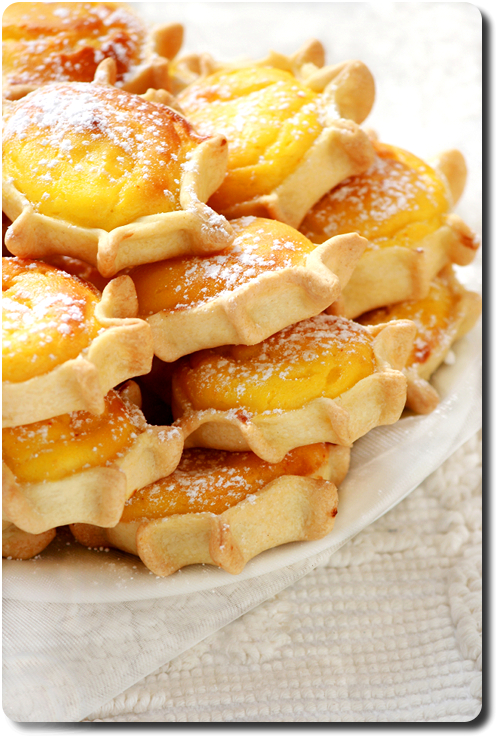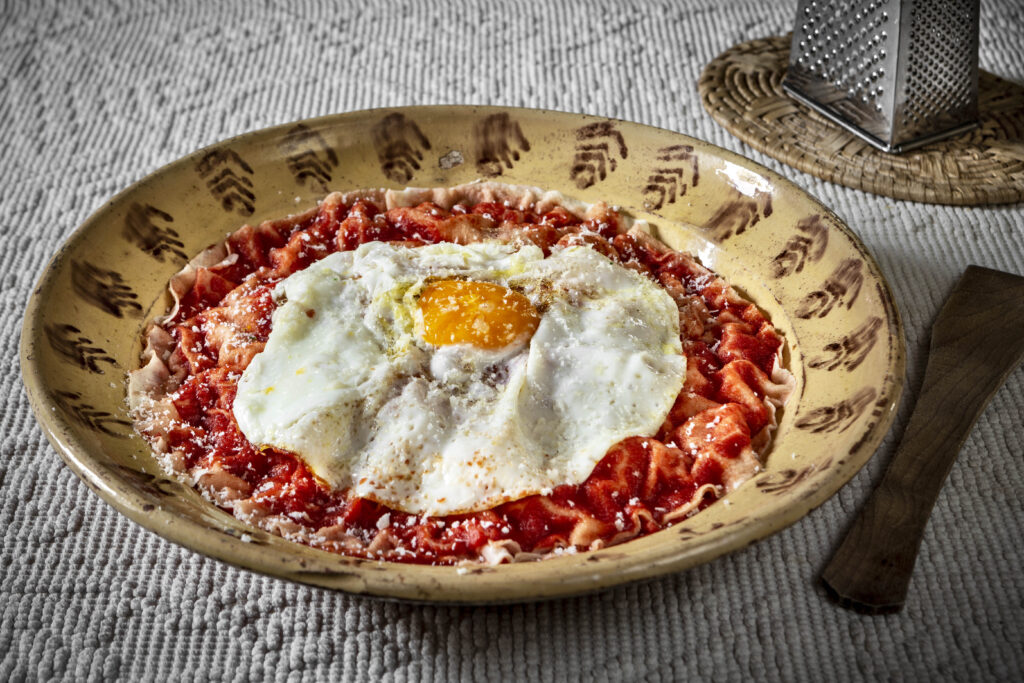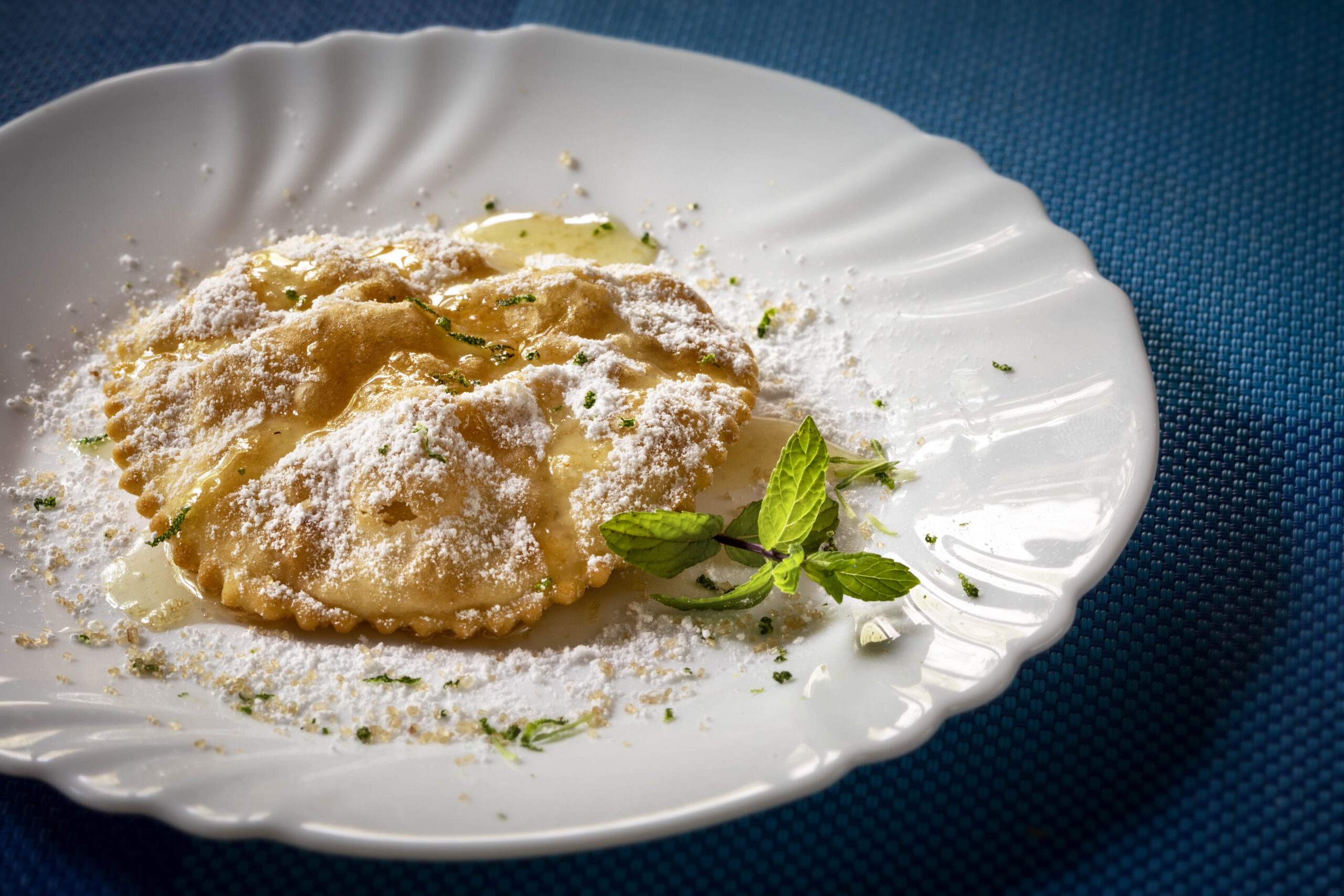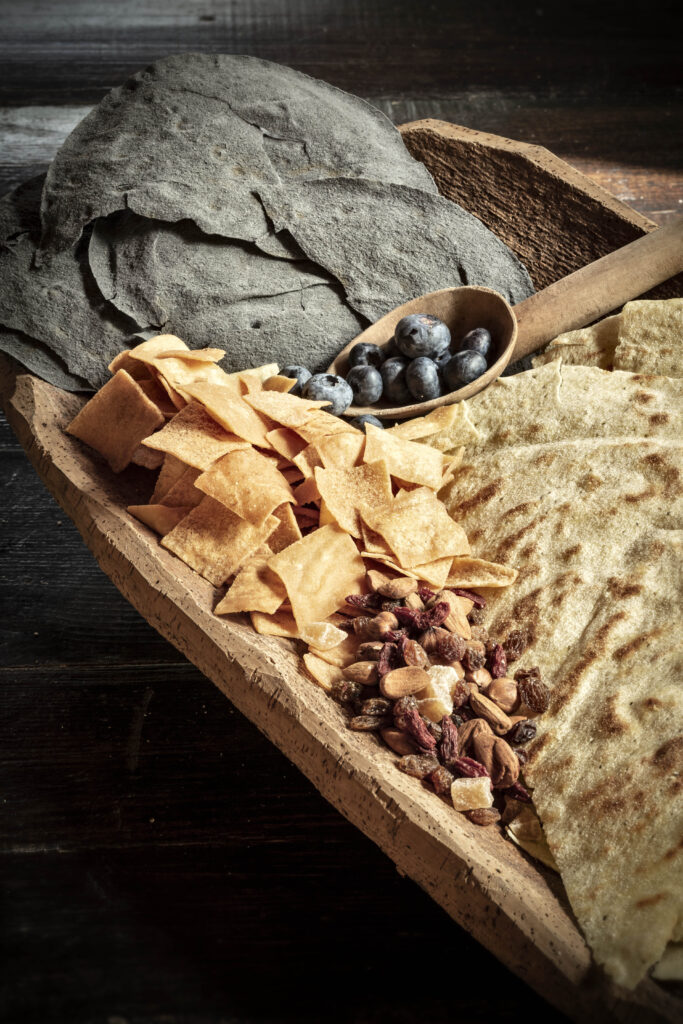One of the basic food ingredients in Sardinia is wheat. Bread is serious business for the Sardinians. They make it in endless variations for the most diverse purposes. The most famous are pane carasau and pane guttiau. Unique types of pasta have also grown from the high-quality semolina they make from the durum wheat. Malloreddus are pasta shaped like small gnocchi that are traditionally flavoured with saffron. Culurgiones are a kind of ravioli filled with ricotta, potato and mint. Fregola are mini balls that look like couscous.
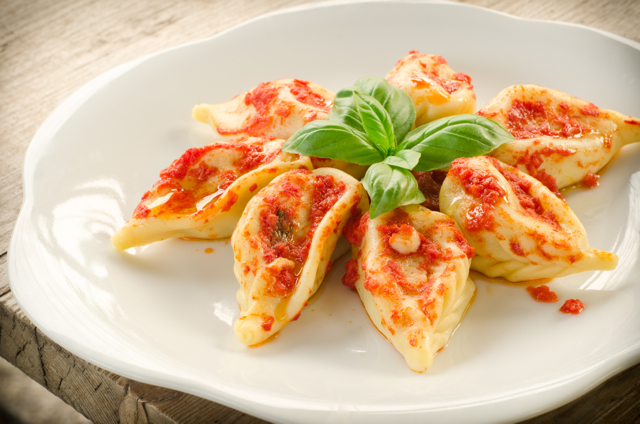
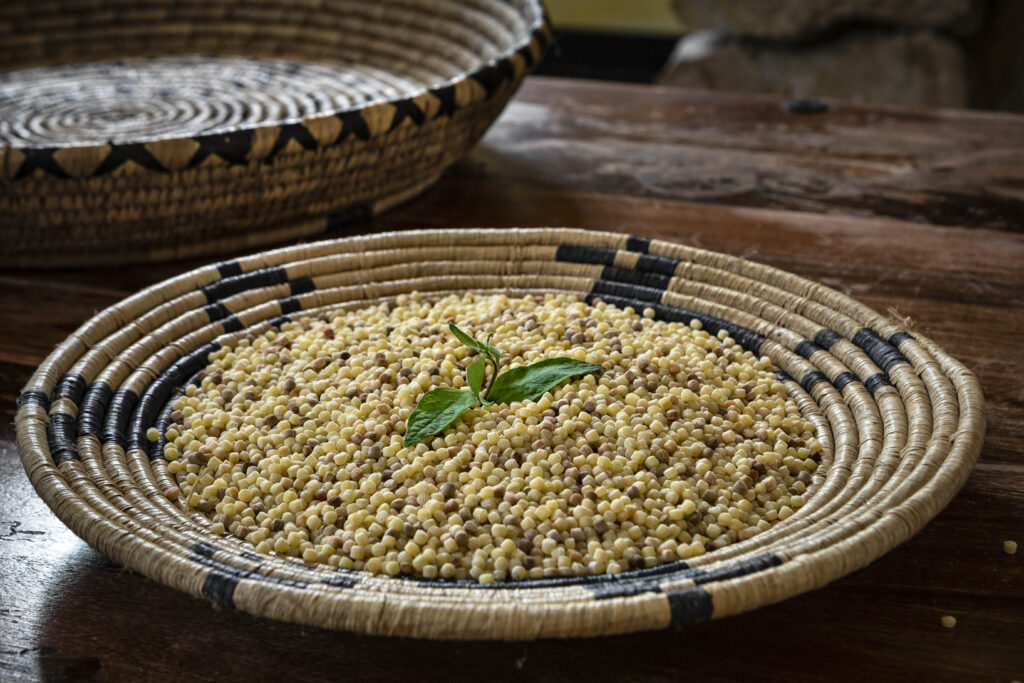
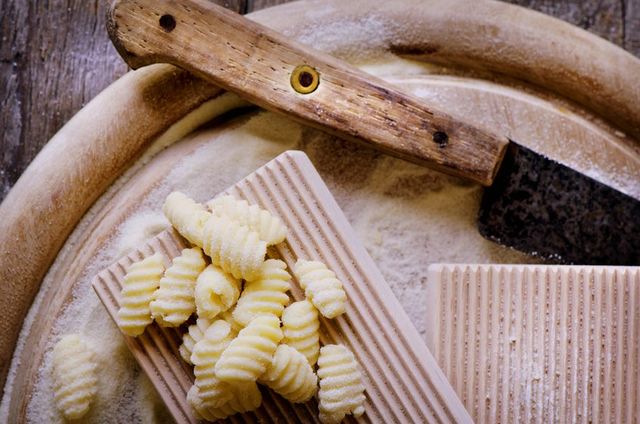
In the Sardinian lasagna pane frattau, they use pane carasau instead of lasagna sheets. The desserts pardulas and sebadas or seadas are also made of semolina. The first pastry is filled with ricotta from goat’s milk combined with saffron, lemon and honey. The second is a kind of ravioli filled with pecorino cheese and flavoured with honey and lemon zest.
